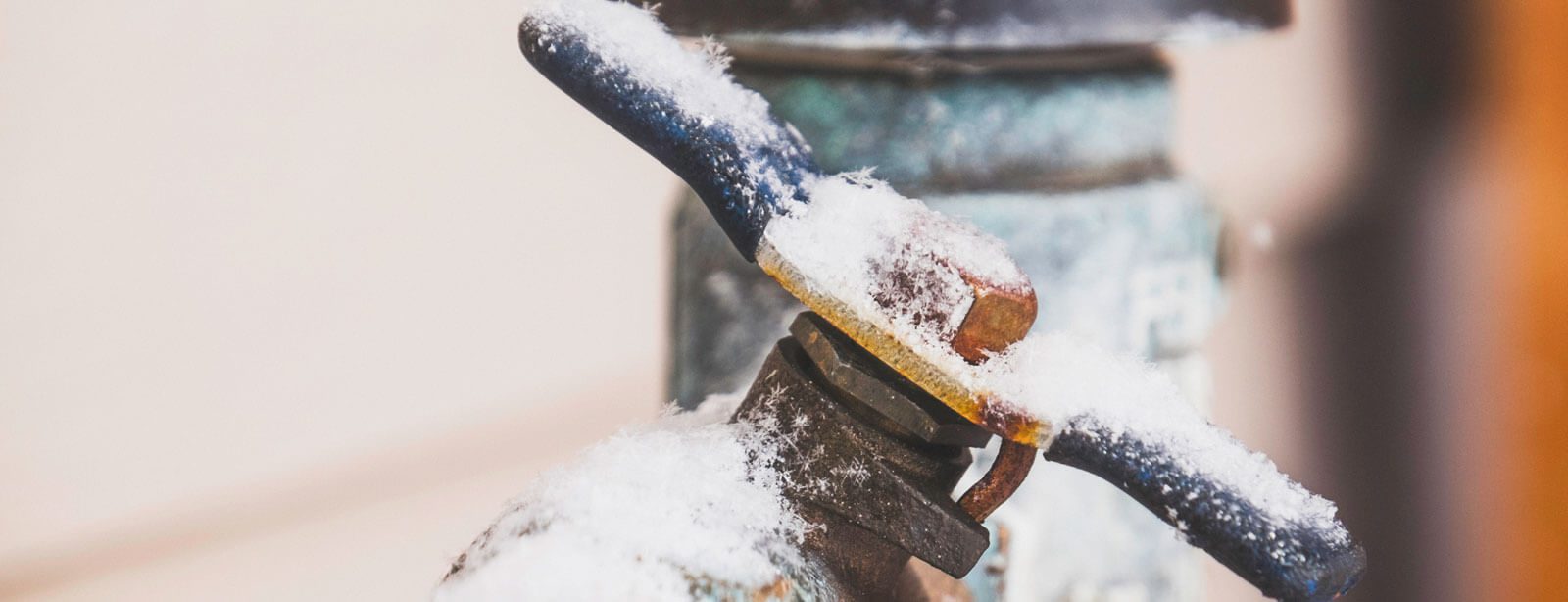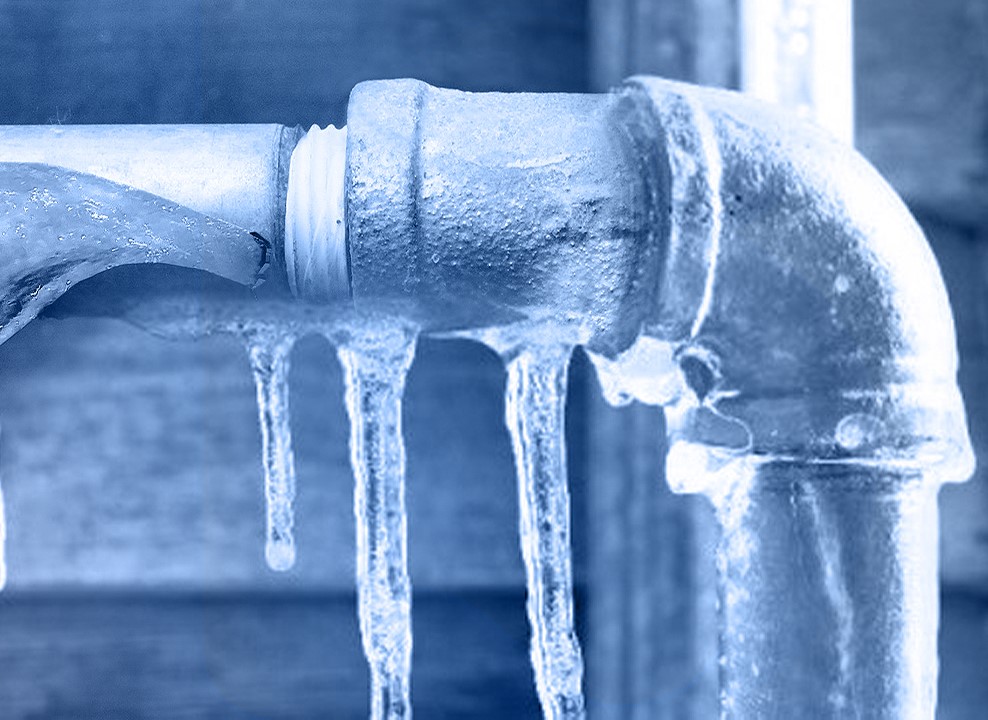Guidance for Avoiding Frozen Pipes in Winter: Expert Tips
Guidance for Avoiding Frozen Pipes in Winter: Expert Tips
Blog Article
Nearly everybody seems to have his or her own rationale in relation to Helpful Tips to Prevent Frozen Pipes this Winter.

Cold weather can wreak havoc on your pipes, specifically by freezing pipes. Below's how to prevent it from happening and what to do if it does.
Intro
As temperatures drop, the risk of icy pipes rises, possibly leading to expensive repair services and water damages. Comprehending just how to avoid icy pipes is vital for house owners in chilly climates.
Comprehending Frozen Pipelines
What creates pipelines to freeze?
Pipes ice up when subjected to temperatures below 32 ° F (0 ° C) for expanded durations. As water inside the pipes freezes, it broadens, putting pressure on the pipe walls and possibly creating them to break.
Threats and problems
Icy pipelines can result in supply of water interruptions, residential property damages, and costly repair work. Burst pipelines can flood homes and create substantial structural damages.
Indications of Frozen Pipes
Recognizing frozen pipelines early can prevent them from breaking.
How to recognize frozen pipelines
Search for reduced water flow from faucets, unusual odors or sounds from pipes, and visible frost on revealed pipes.
Avoidance Tips
Protecting at risk pipes
Wrap pipelines in insulation sleeves or make use of warm tape to shield them from freezing temperature levels. Focus on pipes in unheated or external areas of the home.
Heating methods
Maintain interior spaces sufficiently warmed, specifically locations with pipes. Open up cupboard doors to enable warm air to flow around pipes under sinks.
Safeguarding Outdoor Plumbing
Yard tubes and outdoor taps
Detach and drain yard pipes prior to winter months. Mount frost-proof faucets or cover outside faucets with protected caps.
What to Do If Your Pipes Freeze
Immediate activities to take
If you think frozen pipes, maintain taps open to soothe pressure as the ice melts. Make use of a hairdryer or towels taken in hot water to thaw pipelines gradually.
Long-Term Solutions
Architectural changes
Think about rerouting pipes far from exterior wall surfaces or unheated areas. Include extra insulation to attics, basements, and crawl spaces.
Upgrading insulation
Invest in top notch insulation for pipes, attics, and wall surfaces. Appropriate insulation assists keep constant temperatures and reduces the danger of frozen pipelines.
Conclusion
Stopping frozen pipelines calls for positive actions and quick feedbacks. By comprehending the causes, indications, and safety nets, property owners can protect their plumbing throughout cold weather.
6 Proven Ways to Prevent Frozen Pipes and Protect Your Home
Disconnect and Drain Garden Hoses
Before winter arrives, start by disconnecting your garden hoses and draining any remaining water. Close the shut-off valves that supply outdoor hose bibs and leave the outdoor faucet open to allow any residual water to drain. For extra protection, consider using faucet covers throughout the colder months. It’s also important to drain water from any sprinkler supply lines following the manufacturer’s directions.
Insulate Exposed Pipes
Insulating your pipes is an effective way to prevent freezing. Pipe insulation is readily available at home improvement stores and is relatively inexpensive. Pay close attention to pipes in unheated areas such as the attic, basement, crawl spaces, or garage. Apply foam insulation generously to create a buffer against the cold. You can also wrap your pipes in heat tape or thermostat-controlled heat cables for added warmth.
Seal Air Leaks
Inspect your home for any cracks or openings that could let in cold air. Seal any holes around the piping in interior or exterior walls, as well as the sill plates where your home rests on its foundation. Additionally, make sure to keep your garage door closed unless you’re entering or exiting. Leaving it open creates a significant air leak that can lead to frozen pipes.
Allow Warm Air Circulation
During cold snaps, it’s essential to allow warm air to circulate evenly throughout your home. Leave interior doors ajar to promote better airflow. Open kitchen and bathroom cabinets to help distribute heat consistently around the rooms. If you have small children or pets, be sure to remove any household chemicals or potentially harmful cleaners from open cabinets for safety.
Let Faucets Drip
A small trickle of water can make a big difference in preventing ice formation inside your pipes. When temperatures drop significantly, start a drip of water from all faucets served by exposed pipes. This continuous flow helps prevent the water from freezing. Additionally, running a few faucets slightly can relieve pressure inside the pipes, reducing the chances of a rupture if the water inside does freeze.
https://choateshvac.com/6-proven-ways-to-prevent-frozen-pipes-and-protect-your-home/

I came across that piece of writing about How to prepare your home plumbing for winter weather when doing a lookup on the search engines. Do you know about somebody else who is interested in the subject? Take a moment to promote it. Thank you for being here. Come back soon.
Phone Report this page